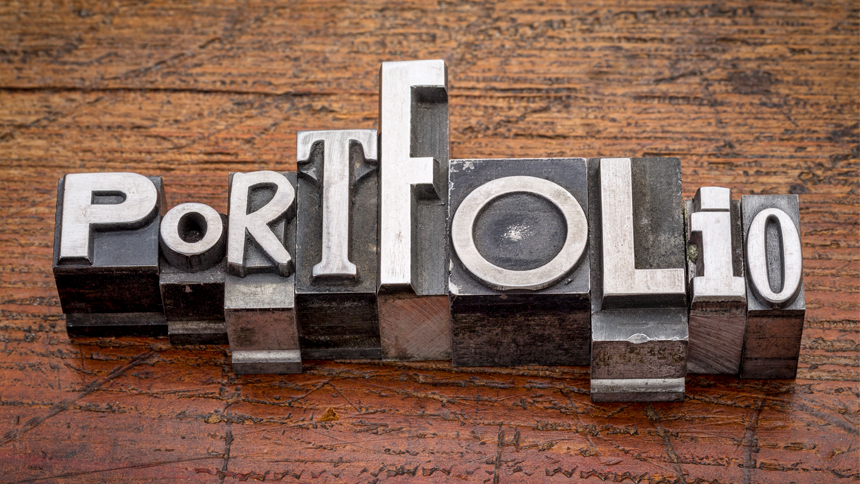We’re always getting questions about what certain obscure—or sometimes not-so-obscure—publishing terms mean. To help, we’re rolling out Mediabistro’s media glossary.
So, freelancers and media-job–seekers: Bookmark this bad boy and hit it up whenever you’re asking yourself, “What the heck is a nut graf?!”
Also on Mediabistro


All-rights contract: A legal contract between a publisher and a freelance writer which grants all rights to the completed work to the publisher. This is not so good for the writer.
Credit line: A list of photographers, illustrators or stylists appearing in small type on the page. It’s like a byline, but for art people—and, for no good reason, much smaller.
Beat: A subject or industry that a reporter (or editor) is responsible for covering. Also how you’ll generally feel after a long close night.
Close: The night (or nights, at a monthly, bimonthly or quarterly) when pages are finally being finished off and sent to the printing plant. During a close, mag-world people have no life.
Deadline: When your assignment is due. Ignore them and they’ll stop being a problem—because you won’t get any more work.
Dek: A sentence or few sentences below a headline, a dek summarizes the article. Like many magazine-production terms, it’s intentionally misspelled (instead of “deck”) so that others involved in the process won’t accidentally think it’s real copy.
Display type: Heds, deks, pull quotes and other written material that’s printed in a larger font or different color from the main body copy, to help draw a reader’s attention.
Evergreen: An article that has no news peg and thus can be published at any time of the year or repeatedly, year after year. A “glossary” column, for example, is an evergreen.
File: As a verb, when a writer submits a completed assignment to an editor. As a noun, the material submitted.
Graf: A paragraph, once again intentionally misspelled.
Hed: An article’s headline, intentionally misspelled.
Independent contractor: Most freelancers are considered independent contractors, which means the publication doesn’t take legal responsibility for the employee, deducting taxes and so forth. Generally, but not always, an independent contractor doesn’t receive benefits.
Kicker: The final paragraph or sentence of a story, usually designed to be funny or wry or somehow end things with a bang.
Kill fee: Payment to a writer whose piece won’t be published. It’s usually a percentage of the agreed-upon piece fee, but sometimes it’s a flat rate.
Lede: The intentional misspelling of “lead,” it’s the opening to an article.
Masthead: The official list of names and job titles of those responsible for producing a publication: editors, writers, designers, art directors, sales representatives, publishers, lawyers and support staff. It usually runs someplace in the first few pages of a magazine, but it’s not always there, which is frustrating.
Multiple submission: Pitching the same story idea to several publications simultaneously.
Nut graf: Also sometimes known as trumpet or billboard graf, it comes right after the catchy lede and clearly lays out the thrust of the article. It’s like the thesis statement in a term paper.
Off the record: Information provided by a source that cannot be used in print. It can, however, be used—without revealing the source—to coax information from another source, and sometimes people can be persuaded to put previously off-the-record information on the record. Not-for-attribution information, by contrast, may be used in print but without the source’s name attached. In general practice, information cannot be placed off the record retroactively.
Pay on acceptance: A policy under which the publisher pays the writer when the assigned article is completed and accepted by the editor. We like to be paid on acceptance.
Pay on publication: A policy under which the publisher pays the writer when (or soon after) the article appears in print. We like this less.
Pull quote: A compelling and provocative quote from a source that is “pulled” from the running text of an article and featured as display type.
Query, also called a pitch letter: A letter from a freelance writer to an assigning editor that describes a story idea. A query is also the term for a request from an article’s editor for more information to flesh out the piece. It can also be used as a verb. Inexplicably, some pronounce the word qwee-ree while others pronounce it qweh-ree.
Running text: The main text of an article or in a package, as distinct from sidebars, charts and so forth. Also sometimes called the main bar.
Service: A type of writing that offers advice and useful information. Also called a how-to.
Sidebar: Text or a chart that is separated from the main bar and highlights additional information about a story.
Stet: An editor’s indication on a manuscript that previously crossed-out text should be reinstated.
TK: A place marker used in drafts of an article to indicate missing information. It’s an intentional misspelling of “TC”, for “to come,” as in “more info to come.”





